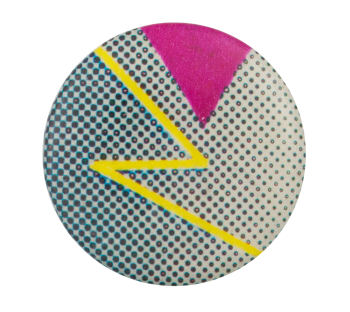| Category | |
|---|---|
| Additional Images | |
| Sub Categories | |
| Image Description | Illustration of a yellow zigzag and pink triangle on a spotted background |
| Back Style | |
| The Shape | |
| The Size | |
| Year / Decade Made | |
| Additional Information | Geometric abstraction is a form of abstract art that typically combines geometric, hard-edge, or linear forms and arranges them into nonobjective compositions in a nonrepresentational or nonillusionistic space. It has had many different stages and facets that appeared in many cultures across the history of art, with new waves in Latin-American art during the 1960s and 1970s. Islamic art, which forbade depicting figures, was and still is often thought of as a great example for this type of art and has greatly influenced the movement in Europe and the Western school. Some of the most well-known artists that used geometric abstraction include Kazimir Malevich (1878-1935), Piet Mondrian (1872-1944), and Theo van Doesburg (1883-1931). Painters Malevich and Mondrian were inspired by the cubism movement and pioneered geometric abstraction with their distinctive styles of Neoplasticism and Suprematism. Van Doesburg was a founder of the De Stijl movement, which aimed to create a universal language of form and color and is characterized by its use of primary colors, straight lines, and rectangular shapes. Other types of geometric abstraction include OP art, minimalism, and concrete art. The main characteristics of geometric abstraction are its nonrepresentational nature, subjectivity, and use of colors, lines, and shapes as its basic elements. |
| Sources |
Dabrowski, M. (2004). Geometric abstraction. Metropolitan Museum of Art. https://www.metmuseum.org/toah/hd/geab/hd_geab.htm Geometric abstraction. (n.d.). Museum of Modern Art. https://www.moma.org/collection/terms/geometric-abstraction Lòpez, E. A. (2020, April 6). All you need to know about Geometric Abstract Art... Kooness. https://www.kooness.com/posts/magazine/the-history-of-geometric-abstract-art#:~:text=Geometric%20abstract%20art%20has%20had%20many |
| Catalog ID | AR0375 |


